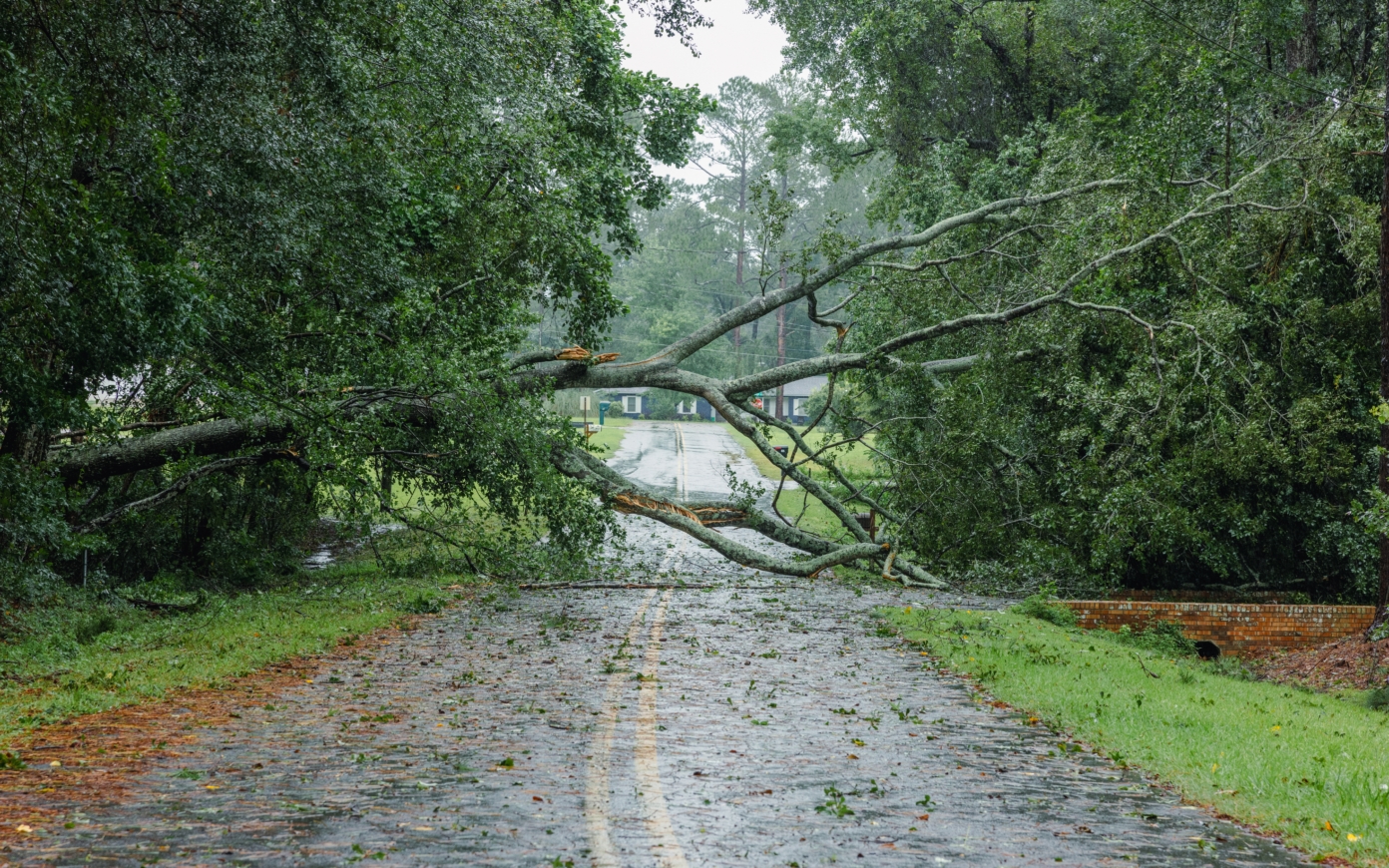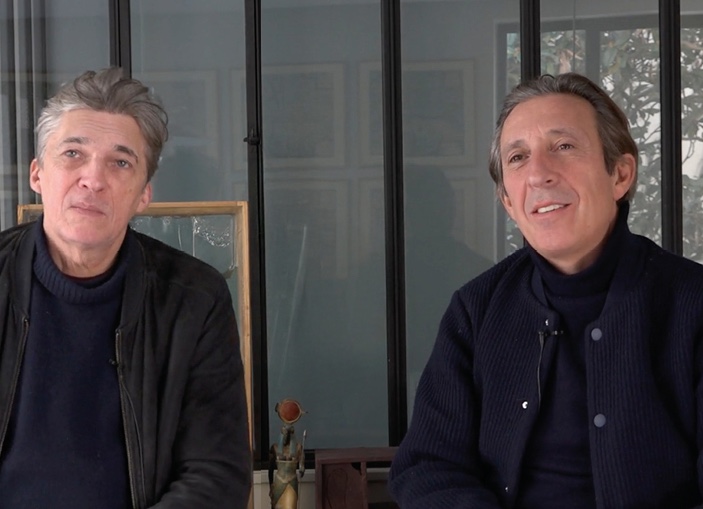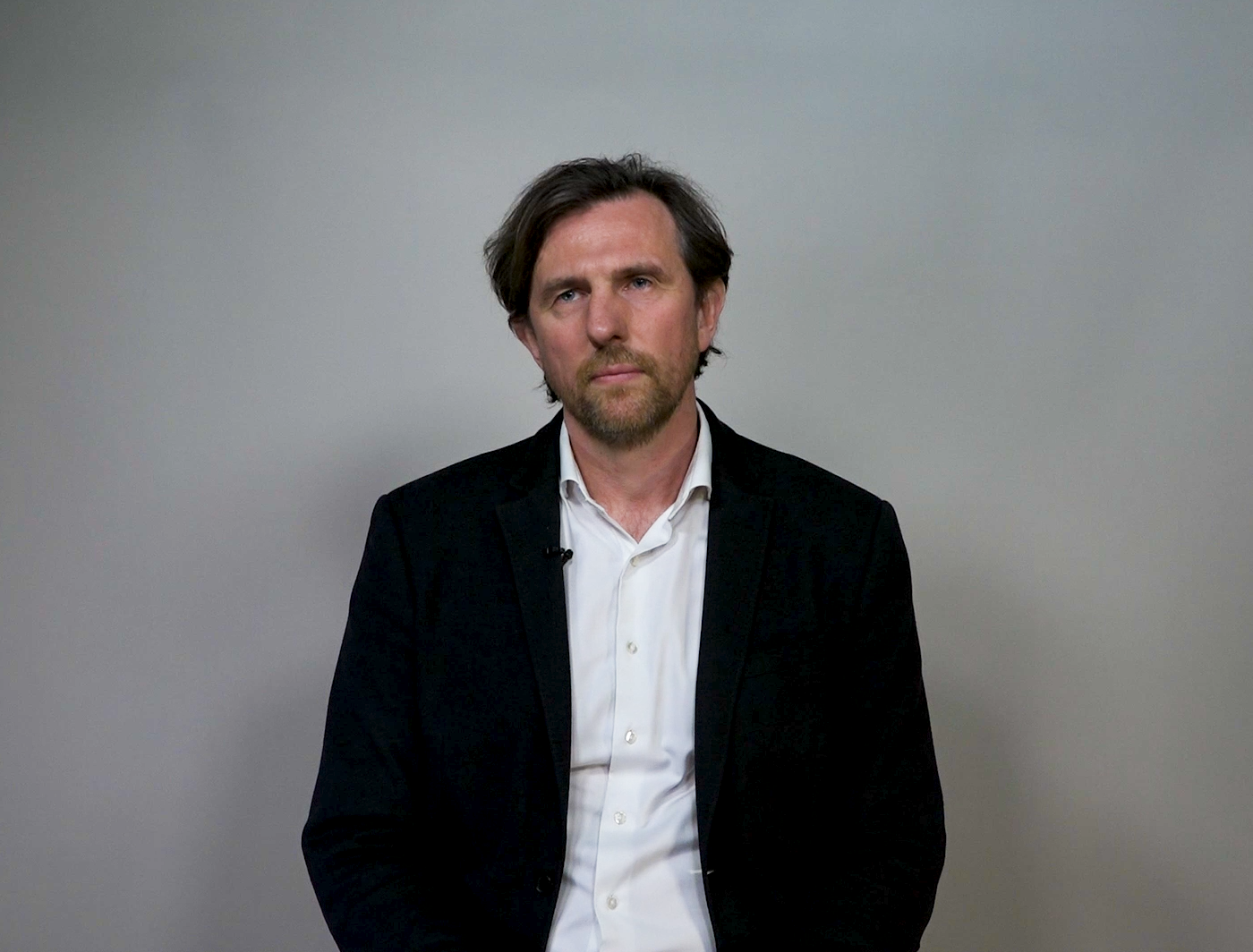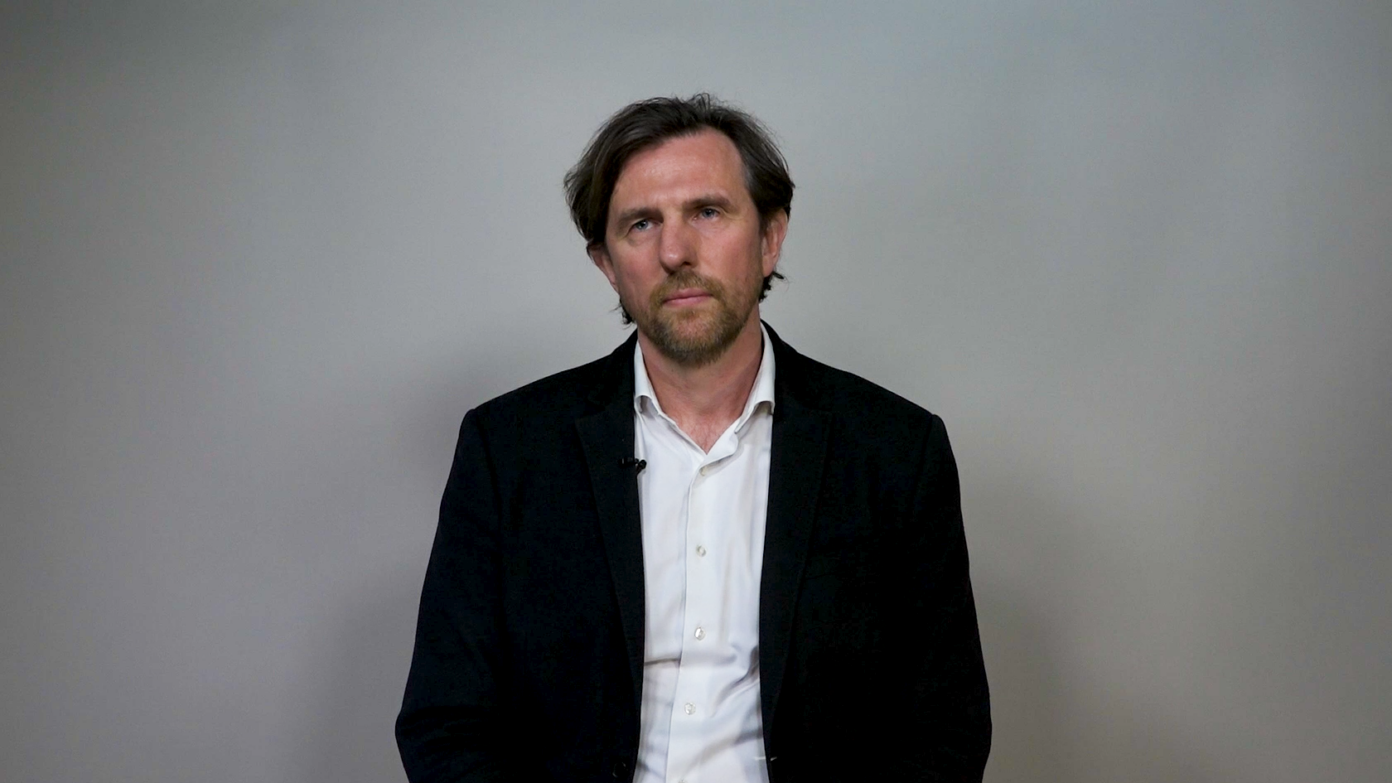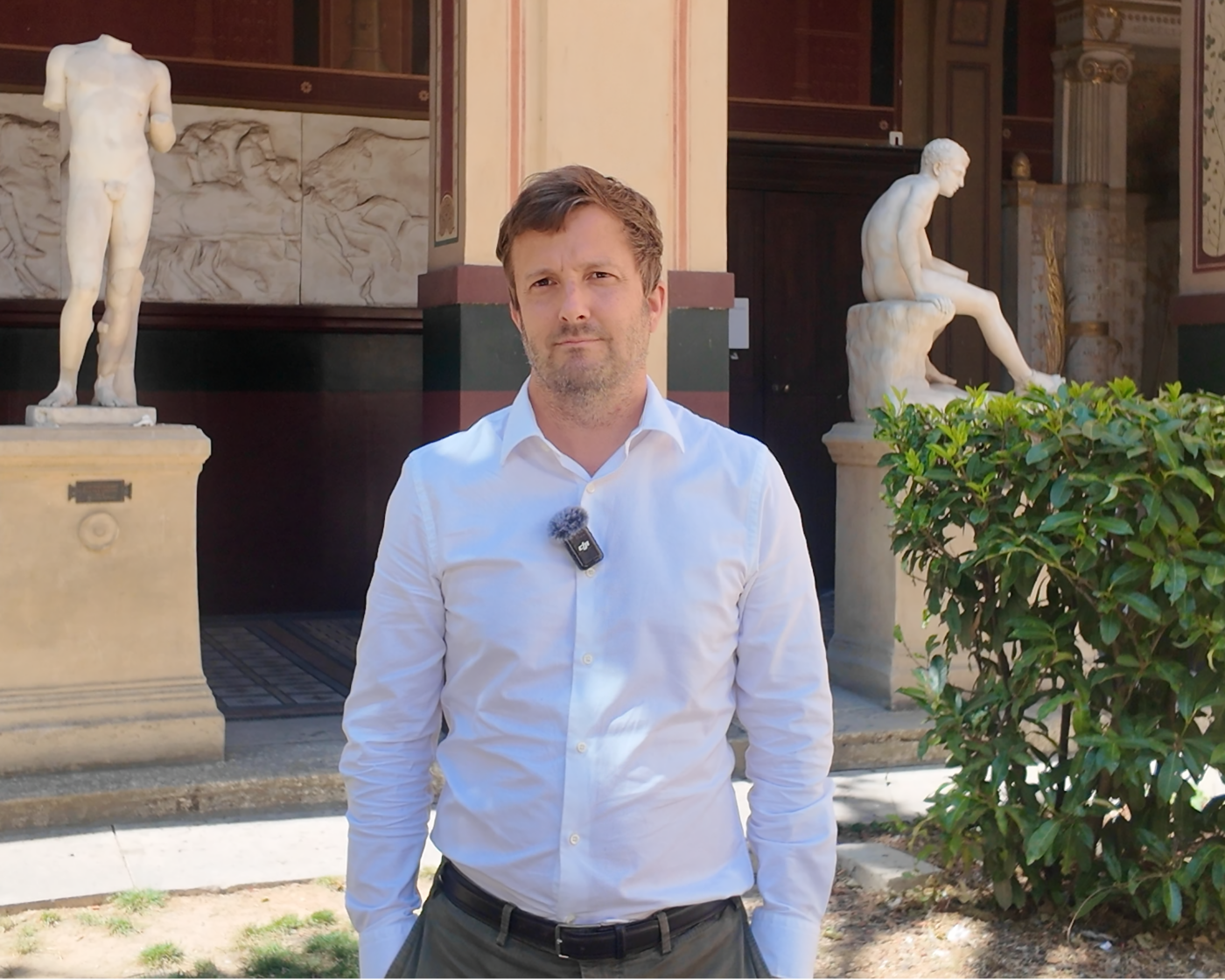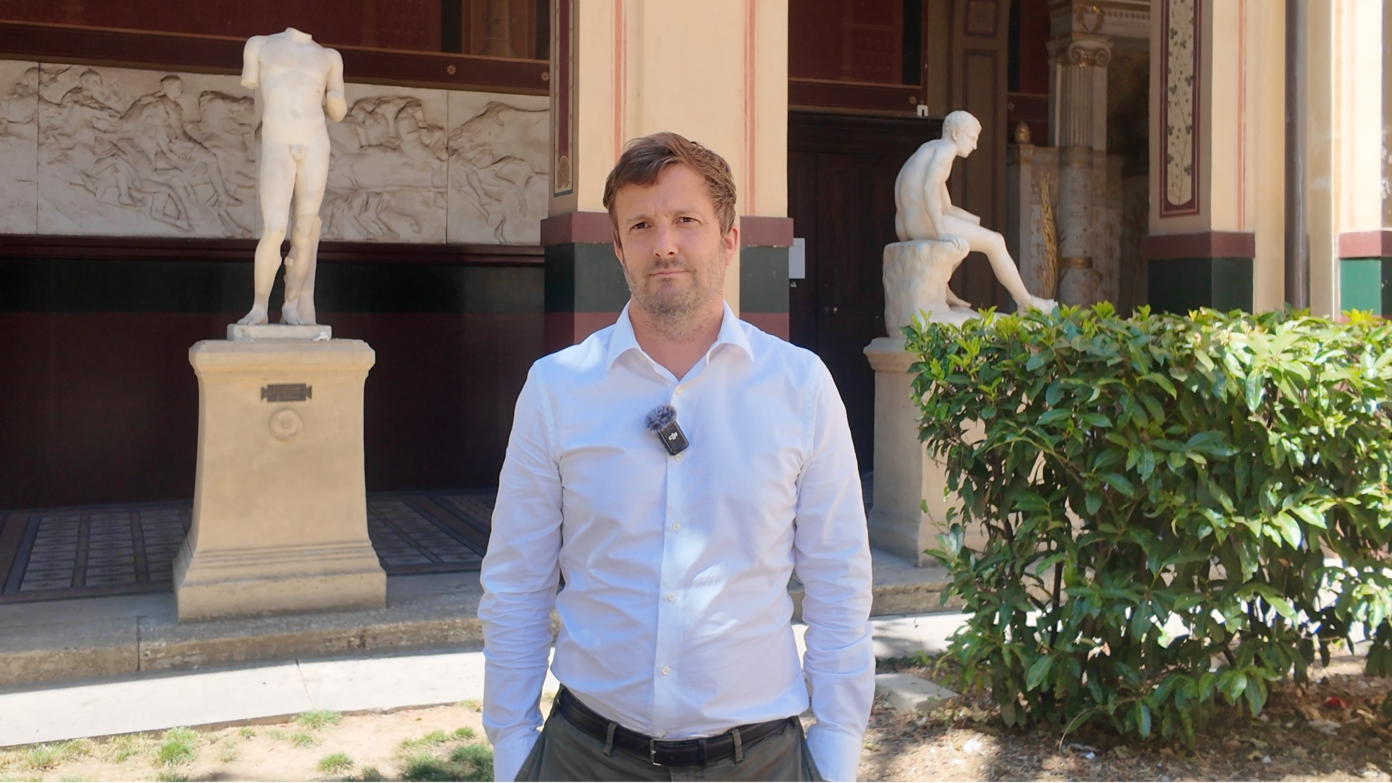Making France a Leader of the Intangible Economy
In the new economic game, we have the strengths and resources that are necessary to score points: we do have plenty of gray matter, but we lack raw materials and financial capital. Let us make no mistake: the intangible economy will be the highest source of national growth in the twenty-first century. It is there that wealth and job creation will occur.
Rather than to put our potential to waste, let us develop it and make the best of this new growth driver. … But to do so, we need to change a number of things: our reflexes, the scale at which we operate, and our models.
Changing Our Reflexes
Increasing the volume of intangible assets, both private and public, is an imperative of economic policy. To achieve this, we need to abandon some of our reflexes that impede the development of intangible assets instead of fostering them.
The first reflex that we must get rid of is protecting established situations. In many areas facing technological change, we wonder how to protect what exists today when we should first be trying to make the most of change. In doing so, we are holding back the development of new activities and new jobs. The music and online gaming industries are two recent examples of this type of reaction. The State also fails to use its ability to regulate and to grant rights of access to activities or scarce resources that could support innovation and the development of new businesses. On the contrary, as evidenced what happened with the radio spectrum, regulated professions, and copyrights, the State maintains a sort of “interior protectionism.”
The proposals of the Commission aim to break the power of this rent-seeking temptation and to give innovation and creation a fair chance. For this, the Commission proposes a few changes in copyrights and related rights that aim to boost creation and to offer to creators a fair compensation. The Commission proposes in particular to avoid the indefinite extension of related rights of content producers and the issue of orphan works. It also considers it necessary to improve the management of intellectual property rights for the benefit of creators. …
The second reflex that must be abandoned is that of overly focusing on established businesses, and in particular to the largest ones, when SMEs are in fact as large, or larger, potential sources of productivity and growth. For the Commission, this will involve in particular redirecting grants for research and financial support to innovative SMEs and broadening the scope of expenditures that are eligible for R&D tax credit to better take innovation into account.
Finally, the last reflex to correct concerns the way in which we conceive of public assets: we must stop considering that the only assets the State owns are real estate. On the contrary, we should actively foster the development of intangible assets, which will not only result in additional budgetary resources but above all bolster the growth potential of the French economy. Public patents, professional licenses, rights of access to the public domain, cultural trademarks, the know-how of public bodies, especially universities, public data—these intangible assets are not sufficiently utilized. …
Scaling Up
Intangible assets know no borders nor administrative boundaries. They circulate freely on the entire surface of the planet through digital networks and those who create them now have almost complete autonomy to settle in the place that seems to be the most favorable to them. This volatility is a factual situation that must be taken into account when conducting economic policy. There are now questions that can no longer be dealt with effectively at the national level and that demand a response that is necessarily located at the European or often even at the international level.
The protection of ideas should be managed at the European level, where the issue of the preservation of the quality of the patent system rests. In this regard, the Commission considers that France should launch a political re-foundation of the European Patent Office and, in addition, to quickly ratify the London Protocol, which makes it possible to improve the protection of ideas of French and European companies at a low cost, without weakening our position. But the Commission suggests to go a step further and to allow patents that are filed in France to be valid in every country of the European Union. It considers in this respect that it is crucial for France to initiate the relaunch of the Community Patent project. In addition, the quality of the legal protection of ideas would be improved by the creation of a specialized jurisdiction for intellectual property issues.
Just as much as ideas, trademarks must be protected and this protection only makes sense at the international level. Just as France spearheaded the creation of the Financial Action Task Force (FATF) to combat financial criminality at the international level, it could head an international grouping bringing together developed and emerging economies in order to effectively combat counterfeiting and piracy.
Finally, let us consider taxation. At a time when a growing share of consumption happens over the Internet, European governments see their main resource, the value-added tax, increasingly weakened and harder to collect. Indeed, how can tax authorities ensure than companies that are increasingly virtual and that sell online services will fulfill many of their obligations and really collect VAT from their customers? To limit risk levels and avoid spiraling into harmful tax competition on a central tax in all European taxation systems, the Commission recommends that France launch an initiative to reshape the European VAT system.
Changing Models
… The Commission considers that France must urgently draw on what works elsewhere. Let us not reject progress and advances simply because they have been imagined elsewhere.
France can no longer afford not to increase the resources allocated to higher education. But this will not be enough. A reform of the very structures of the French system themselves is indispensable. This calls for the consecration of the autonomy of academic institutions. …
France must thoroughly renovate the organization of public research. … We must also realize that the intangible economy is disrupting our tax system. Even if the priority must first be given to the development of intangible assets rather than to their taxation, the shift of value on the balance sheet from physical assets to intangible assets will make it inevitable, in the longer term, to engage in a reflection on the future changes in the tax bases.
Going into more depth, we are entering an era that is different to the previous one, which was based on standardized industrial processes. We had regulations and labor organization that were well-suited to this situation. There is no doubt that it is now necessary to adapt them so that creation, innovation, and activities continue to materialize.
Finally, the intangible economy is a systemic economy that operates as a network and that does not operate within the boundaries of time and space. These two fundamental concepts are the backbone of our social and economic legislation, which creates constraints and precautions that hinder wealth and job creation. Deep reforms are needed to prepare France for this new economy as it is the only one that will be capable of generating growth in a world of upheaval where low-paying jobs shift away from our country.
Intangible assets could very well be the driver and power source for a stimulated economy and be the source of growth that we lack. For that, it is necessary to creatively and boldly transform our society and to think differently. The intangible offers the opportunity of a real transformation of the French economy”.



